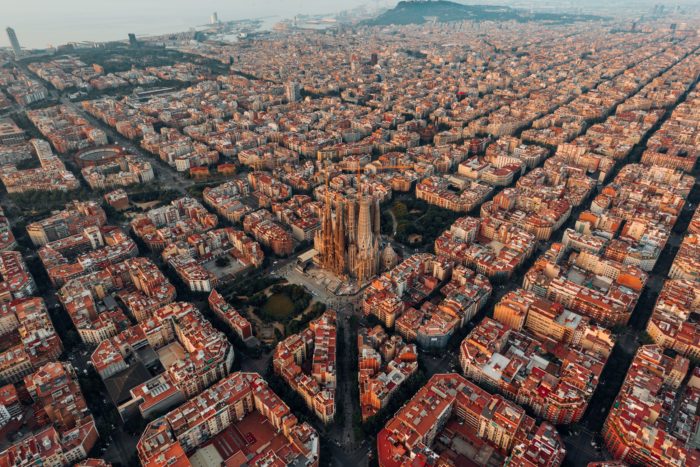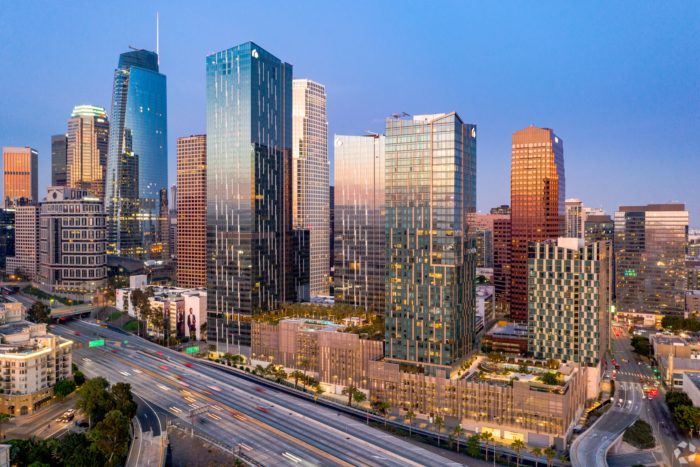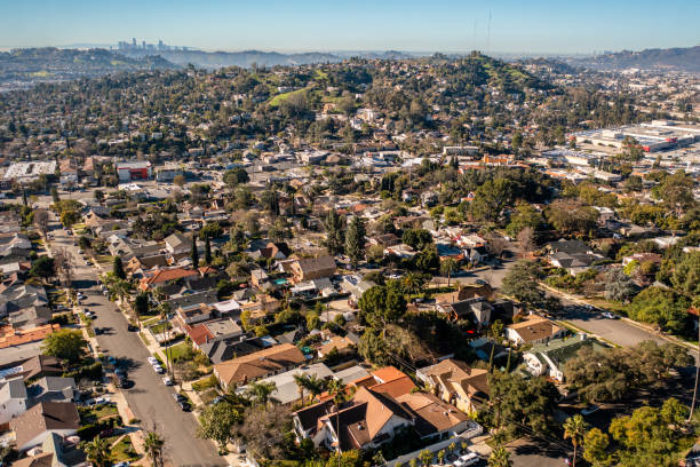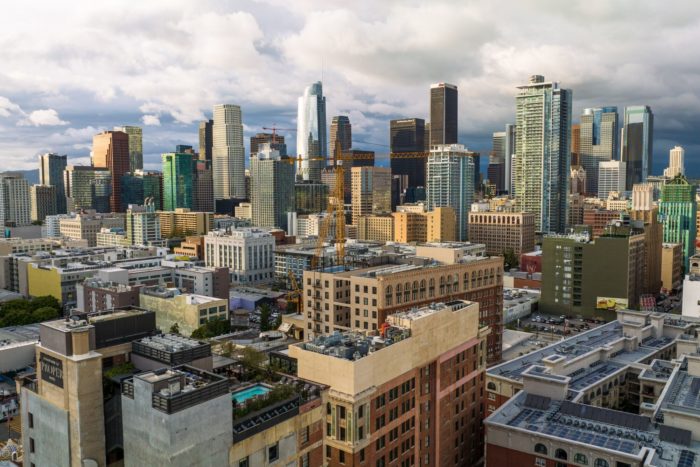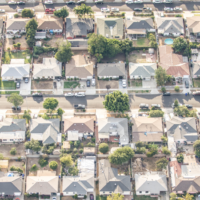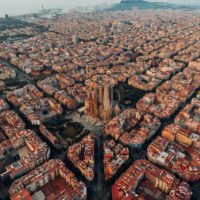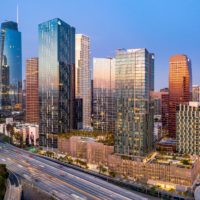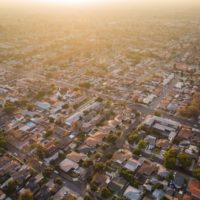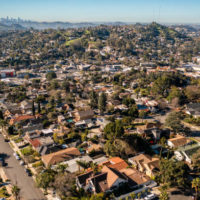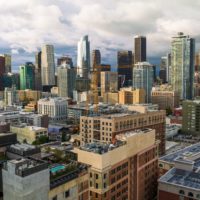Los Angeles officials have taken a significant step towards promoting sustainable urban development by voting to implement the first-ever “Park Block” project. This pilot initiative aims to create a car-free grid of city streets, transforming them into pedestrian and cyclist-friendly spaces and opening up public areas for recreational use. Drawing inspiration from Barcelona’s successful “Superblock” program, which has shown positive results in reducing air pollution, urban noise, and traffic fatalities, the Park Block project intends to replicate these benefits in Los Angeles.
Why Opting For The Park Block Initiative?
The Superblock program in Barcelona, known locally as “Superilla,” has effectively transformed city blocks into vibrant, community-focused areas. By restricting traffic to the outer streets of nine-block clusters in the district of Eixample, the initiative freed up the inner streets for pedestrians and local transit only.
This hierarchical change in urban units reduced pollution and accidents, encouraged social cohesion, and activated adjacent public spaces. Incorporating natural elements, such as planted areas and porous surfaces, has further contributed to lowering urban temperatures and combating urban heat islands.
In Los Angeles, the Park Block program is set to be implemented in León’s District 14, encompassing neighborhoods like Downtown, Boyle Heights, and Eagle Rock. The local Department of Transportation has been entrusted with selecting the precise location for the first Park Block. The priority in this selection process is to give precedence to disadvantaged communities with limited access to public space, higher health disparities, and high population densities, as stated in the official Transportation Committee report.
The approach of the Park Block program is to learn from successful initiatives like Barcelona’s Superblock but also create a tailored solution that meets the unique needs of Los Angeles. The initiative addresses the specific challenges different communities face within the city. By focusing on areas that require increased access to public spaces and are enthusiastic about participating in the program, the Park Block initiative seeks to make a meaningful and positive impact.
This move by Los Angeles authorities aligns with other measures taken by regions worldwide to improve the quality of life for residents while addressing the challenges posed by the climate crisis. Earlier this year, Los Angeles authorities passed a policy mandating new buildings within the city to use all-electric energy, solidifying the city’s commitment to transitioning away from fossil fuels in new construction. Furthermore, France recently passed a law requiring large car parks to be equipped with solar panels. At the same time, New York City launched the CoolRoofs Initiative to combat urban heat and promote energy efficiency.
As Los Angeles prepares to implement its first Park Block, citizens can look forward to transforming their neighborhoods into safer, cleaner, and more vibrant spaces. By reducing traffic, the initiative will create opportunities for social interaction and active transportation, contributing to a healthier and more sustainable city. As the first step in a larger plan to expand the Park Block program across the city, it represents a promising approach towards a greener and more people-centered urban environment for Los Angeles.
- Barcelona’s Blocks. © Logan Armstrong
- Los Angeles’ Downtown. © Jeremiah Unruh/CoStar
- Boyle Heights. Courtesy of Los Angeles Magazine.
- Aerial establishing shot of Los Angeles from Eagle Rock neighborhood. © iStock
- © Brian van der Brug / Los Angeles Times


